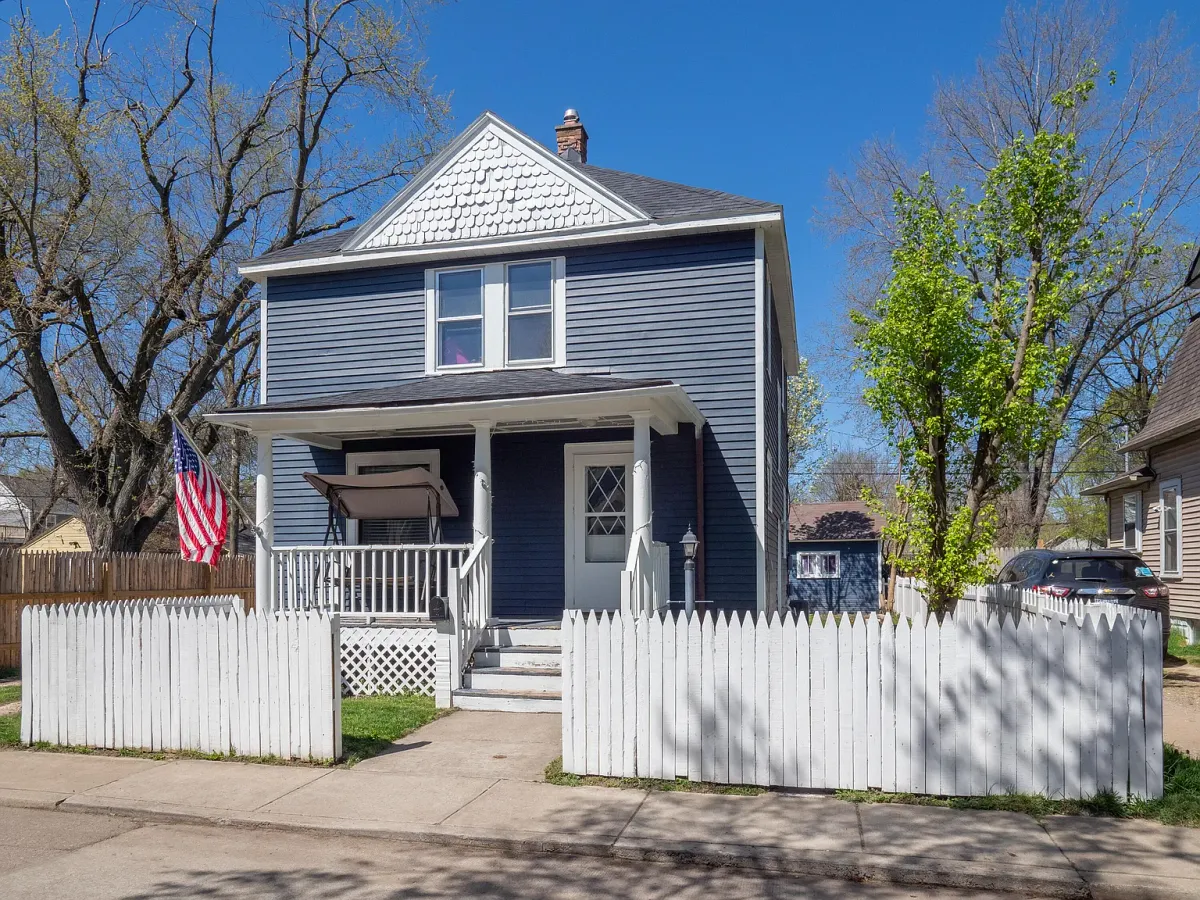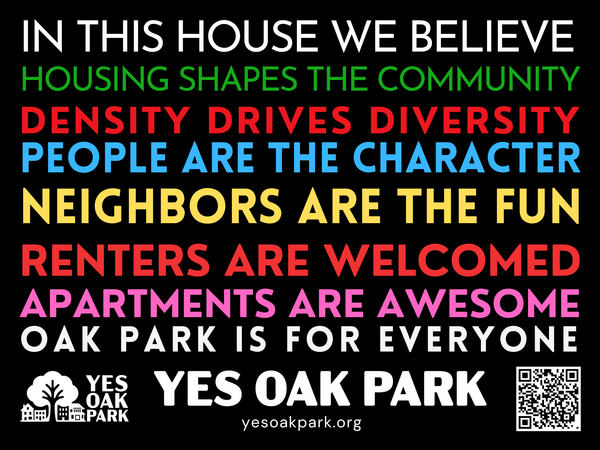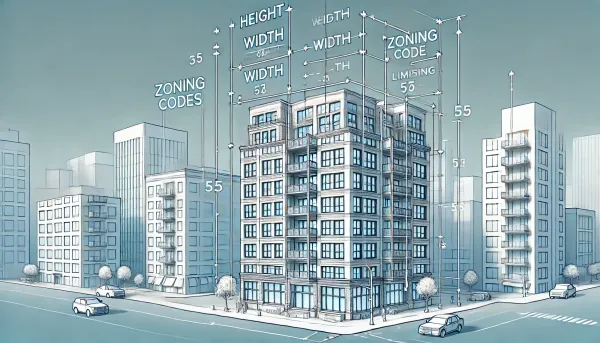The housing crisis goes beyond big cities.

The NYTimes has a long form piece on the the ongoing housing crisis and how it's impacting places we don't usually associate with dramatic spikes in rent and housing prices. They take a deep dive into Kalamazoo, my home town.
Kalamazoo County’s home prices have risen around 40 percent since the pandemic, and rent prices even further. In 2020, residents voted to replace the 2015 homeless housing tax with a bigger and broader program. This time the fund, called Homes for All, which takes in about $8 million a year, would help the poorest of the poor while also encouraging developers to build homes for middle-class people like teachers and government workers.
For all its housing price inflation, Kalamazoo is still so much cheaper than other parts of the country that it was recently named one of America’s most affordable cities for professionals. A darker way of putting it is that Kalamazoo is the final stop in the housing crisis. And that’s the problem with being a place where people move to feel richer: Those who get priced out have no place left to go.
The authors find no single cause, citing the pandemic, the 2009 housing bubble, and current high interest rates, and note specially that typical YIMBY solutions like zoning reform to encourage higher density housing don't always apply in places like Kalamazoo. I will counter however that Kalamazoo is mostly zoned for single family homes, there's very few new places to put more single family homes, and that surrounding more rural areas are heavily built out with homes on lots with minimum sizes of a half acre or more. Zoning reform surely couldn't hurt.
Regardless, it's clear, that whatever the reason, not enough new housing is being built in Kalamazoo.
What has happened in Kalamazoo and elsewhere is that many of these older, cheaper units have either fallen into uninhabitable disrepair or been sold to investors who rehab them and raise the rents. Rehabs like that are necessary — even Ms. Tackett-Denney will tell you that her place was a dump — especially in Michigan, where close to half the housing stock was built before 1970. But because so little has been built since 2009, there is less “new” old housing to replace places that are naturally affordable, and the market pushes renters into much more expensive homes.
This goes to a point that I often make, affordable housing is the housing you built 50 years ago. If you didn't build that luxury apartment 50 years ago, you don't have that affordable building today. But even shorter, more recent gaps in the continuous building required to house a growing population can filter downwards as market demands result in the conversion of what little affordable housing exists, to suit more affluent tenants and buyers.
I'll end with a note on my childhood home. Built in 1914, in a fully built out inner neighborhood of Kalamazoo, my parents bought it for $14k in in the 70s. This house recently sold for $170k. According to the U.S. Bureau of Labor Statistics CPI calculator, my parent's purchase price is the equivalent of $80k in 2024 dollars. Granted, the house has been updated, has air conditioning, and a finished basement, but it's still the same small starter home it was when I was a kid, it still performs the same basic job for a family. But today it would be far out of reach of working class families.


